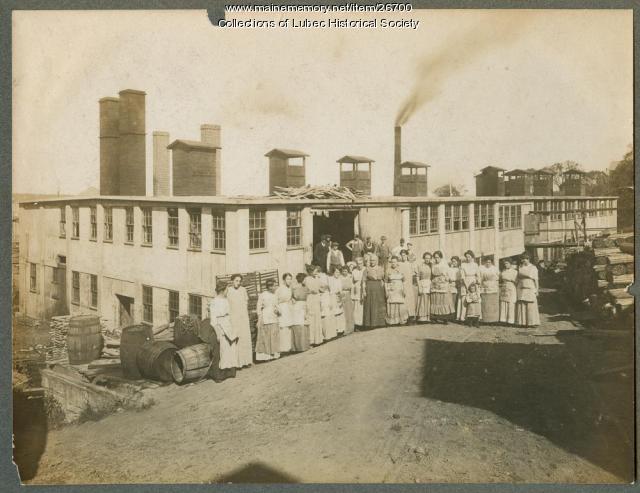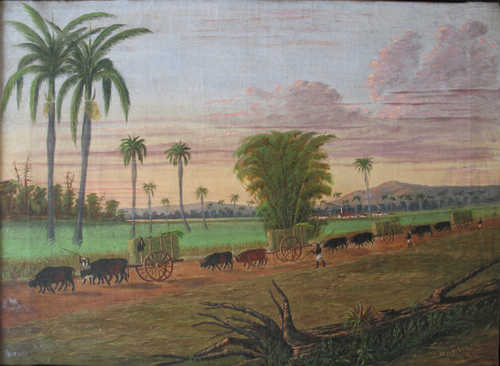Keywords: Canning
Item 6542
Canning factory, Fryeburg, 1938
Contributed by: Fryeburg Historical Society Date: circa 1938 Location: Fryeburg Media: Photographic print
Item 37370
Receipt, Columbian Canning Co., Lubec, 1918, 1918
Contributed by: Lubec Historical Society Date: 1918-04-22 Location: Lubec Media: Ink on paper
Item 86732
Canning Factory, Merrills Wharf, Portland, 1924
Owner in 1924: The Twitchell Champlin Company Use: Canning Factory
Item 86750
Canning Factory, Merrills Wharf, Portland, 1924
Owner in 1924: The Twitchell Champlin Company Use: Canning Factory
Item 110756
B&M store house and canning factory, Portland, 1918-1944
Contributed by: Maine Historical Society Date: 1918–1944 Location: Portland; Farmington; Livermore Falls Client: Burnham and Morrill Co. Architect: John Calvin Stevens John Howard Stevens Architects
Item 116479
Portland Packing Company, Portland, 1916-1918
Contributed by: Maine Historical Society Date: 1916–1918 Location: Portland; Skowhegan Client: Portland Packing Company Architect: John Calvin Stevens and John Howard Stevens Architects
Exhibit
Maine's corn canning industry, as illuminated by the career of George S. Jewett, prospered between 1850 and 1950.
Exhibit
Women at the turn of the 20th century were increasingly involved in paid work outside the home. For wage-earning women in the Old Port section of Portland, the jobs ranged from canning fish and vegetables to setting type. A study done in 1907 found many women did not earn living wages.
Site Page
Farmington: Franklin County's Shiretown - Corn Canning Industry
"Corn Canning Industry By 1913, Maine employed 7,000 people in corn factories, one-third of them women."
Site Page
Lubec, Maine - Canning Sardines in Lubec: Technology, the Syndicate and Labor
"At least two of them were part of the Seacoast Canning cartel: Columbian Canning and the firm of Mawhinney and Ramsdell. Perhaps Union was also."
Story
Maine and the Atlantic World Slave Economy
by Seth Goldstein
How Maine's historic industries are tied to slavery
Story
Cleaning Fish or How Grandfather and Grandmother got by
by Randy Randall
Grandfather and Grandmother subsisted on the fish Grandfather caught, not always legally.

















